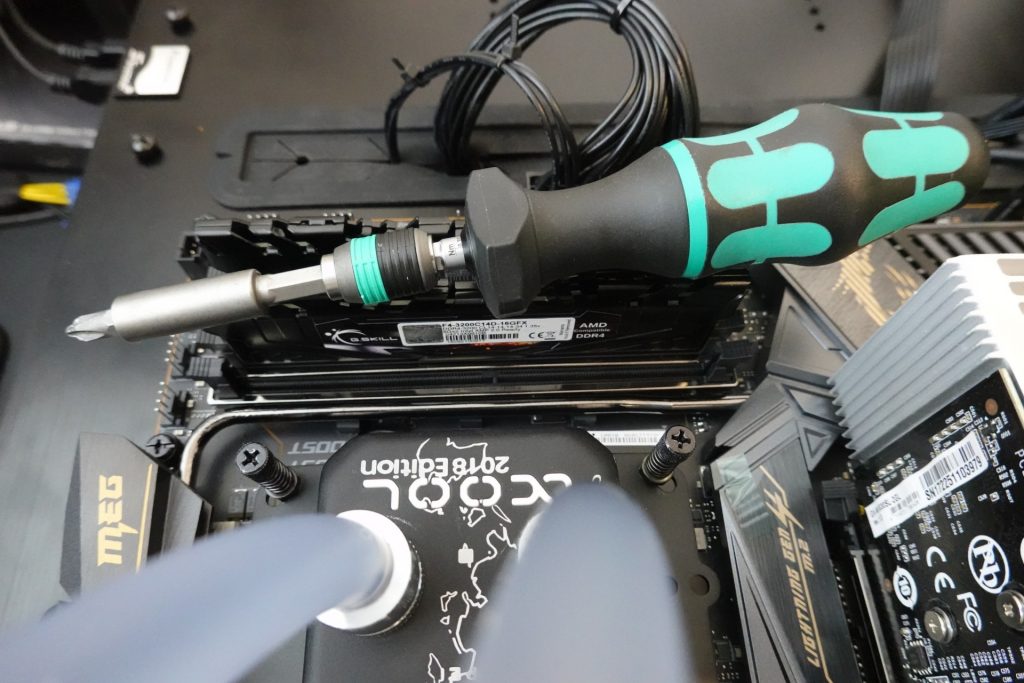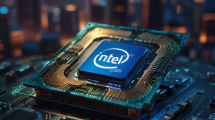I had already announced a long time ago that I would continue to work on the topic of heatspreaders. However, I myself do not have the measuring equipment in the micrometer range that would allow a clear statement, so I gratefully resorted to the help offered by a German research center. It was simply important to me to support the assumptions I had already guessed at in advance, and which I had already partially substantiated with my own resources, in a secure and reliable manner. Because the previous handling of the heatspreaders, be it the cooler bottoms or the handling of the right thermal paste, is certainly worth reconsidering in some details.
It certainly won’t cause a revolution, but at least an evolution in minds. Above all, the common clichés of convex (curved upwards) or concave (dented downwards) will have to be thoroughly reconsidered, at least in the case of AMD. But I’ll get to that in a minute. Before I do, I’d like to thank everyone who sent me CPUs of all possible vintages so that there is a little more bandwidth. I have selected the measurement results for the individual model series of AMD and Intel exemplarily, because everything can simply not be measured with this effort. Since there would otherwise be a lot of redundant content, because many generations are too similar, you will find in the following picture gallery only the specimens that most closely represent the respective IHS characteristics.
Measuring instruments and measuring method
I already wrote at the beginning that I had to rely on the cooperation of another institution. The actual measurement was carried out with a current Keyence VR-5000, a very fast 3D profilometer for recording 3D structures and the roughness of surfaces. And so we can kill two birds with one stone. On the one hand we will see how curved the heatspreaders really are and on the other hand we will also learn more about the surface finish, which speaks a very clear language about purposeful grits and various fillers. I can’t provide pictures of the setup and workstations due to the secrecy regulations there, but I have embedded the manufacturer’s video once, which illustrates the VR-5000’s functionality quite well.
Enough material for a follow up on grit and pastes, but today we’re just going to talk about the IHS (Integrated HeatSpreader). Because even that alone fills a few pages. Tense? I was too, because some of the results are unexpected and amazing!

































Kommentieren